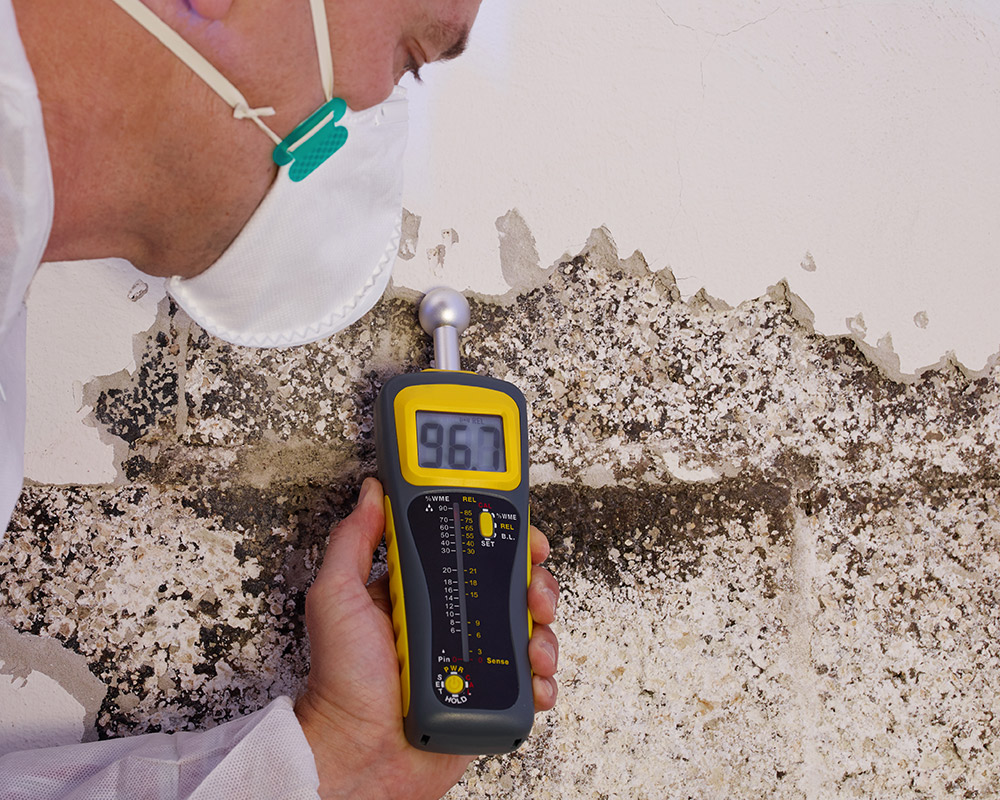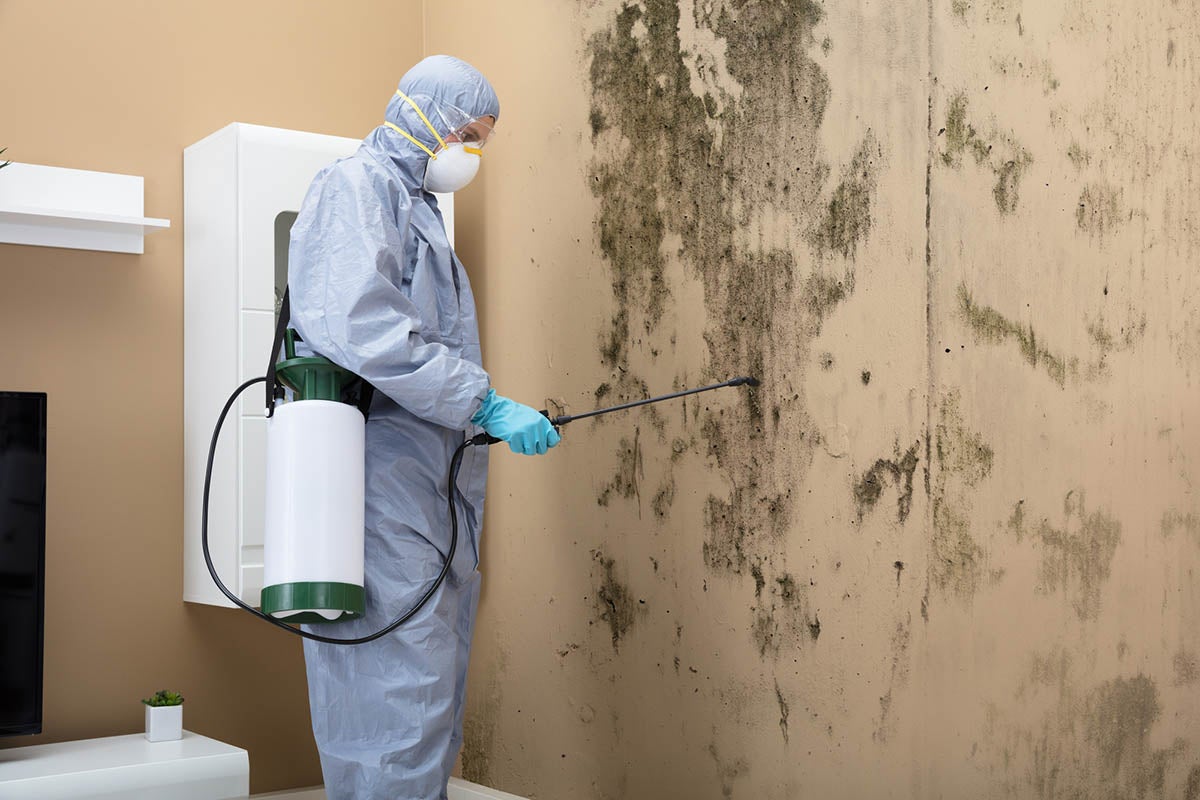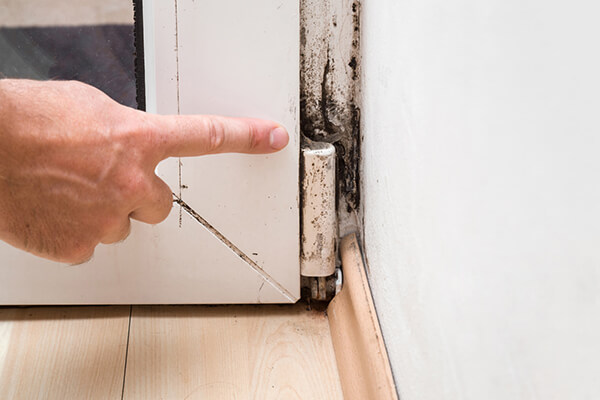Testing Air Quality After Mold Remediation
Testing Air Quality After Mold Remediation
Blog Article
Your Ultimate Overview to Blog Post Mold And Mildew Remediation Methods
In the after-effects of mold and mildew problem, knowing just how to successfully eradicate the mold and mildew and prevent its reoccurrence is critical for keeping a healthy interior environment. From choosing the best cleaning and disinfecting techniques to applying methods for lasting mold and mildew prevention, each step in the removal journey plays an essential function in making certain an effective end result.
Recognizing Post-Mold Remediation Refine
After completing the mold and mildew remediation process, it is crucial to understand the post-mold removal methods that are needed to ensure a detailed and effective cleaning. As soon as the mold and mildew has actually been removed, the next step involves cleansing and sanitizing the impacted areas to avoid any type of regrowth of mold.
Additionally, carrying out a final inspection post-remediation is vital to guarantee that all mold has actually been efficiently gotten rid of. If the assessment exposes any type of remaining mold, added removal may be necessary.
Effective Cleansing and Decontaminating Techniques

Preventing Future Mold And Mildew Development

Value of Appropriate Ventilation
Proper air flow plays an essential function in avoiding dampness accumulation, a key factor in mold and mildew growth within interior environments. Effective ventilation systems assist remove excess humidity from the air, lowering the possibilities of mold and mildew spores discovering the dampness they need to spread out and germinate. Without ample ventilation, interior rooms can come to be a reproduction ground for mold and mildew, resulting in prospective health and wellness threats and architectural damages.
By guaranteeing correct air circulation, ventilation systems can additionally help in drying out wet areas quicker after water damage or flooding occurrences, further discouraging mold and mildew development. Post Remediation verification. find here In rooms like restrooms, cooking areas, attics, and basements where wetness degrees have a tendency to be greater, mounting and preserving effective ventilation systems is essential in avoiding mold and mildew invasions

Surveillance and Upkeep Tips
Provided the crucial duty that appropriate ventilation plays in preventing mold and mildew growth, it is essential to develop efficient monitoring and upkeep suggestions to make certain the ongoing performance of air flow systems. Normal evaluations of air flow systems must be performed to look for any indicators of clogs, leakages, or malfunctions that could restrain correct air flow. Monitoring moisture degrees within the home is also critical, as high humidity can add to mold growth. Setting up a hygrometer can aid track moisture degrees and sharp house owners to any kind of spikes that might call for focus. Furthermore, guaranteeing that air filters are regularly cleaned up or changed is important for preserving the performance of the ventilation system. Executing a timetable for regular maintenance tasks, such as air duct cleansing and HVAC system evaluations, can assist protect against issues before they intensify. By remaining alert and aggressive to the problem of ventilation systems, homeowner can efficiently mitigate the risk of mold and mildew regrowth and keep a healthy and balanced indoor environment.
Verdict
Finally, post-mold remediation techniques are essential for guaranteeing a clean and secure atmosphere. Understanding the process, applying efficient cleaning and decontaminating techniques, stopping future mold growth, maintaining correct air flow, and routine tracking are all important steps in the removal process. By complying with these guidelines, you can efficiently get rid of mold and prevent its return, functioning or promoting a healthy and balanced living area for all residents.
In the results of mold problem, recognizing exactly how to efficiently get rid of the mold and mildew and avoid its reoccurrence is paramount for keeping a healthy indoor environment. When the site mold and mildew has been eliminated, the following step entails cleaning and sanitizing the affected areas to prevent any kind of regrowth of mold - testing air quality after mold remediation. After eliminating noticeable mold growth, it is critical to clean all surfaces in the afflicted area to remove any kind of staying mold spores. To additionally enhance mold and mildew prevention procedures, it is necessary to attend to underlying issues that initially led to mold advancement.Provided the important duty that proper ventilation plays in preventing mold growth, it is crucial to develop effective tracking and upkeep pointers to ensure the continued functionality of air flow systems
Report this page